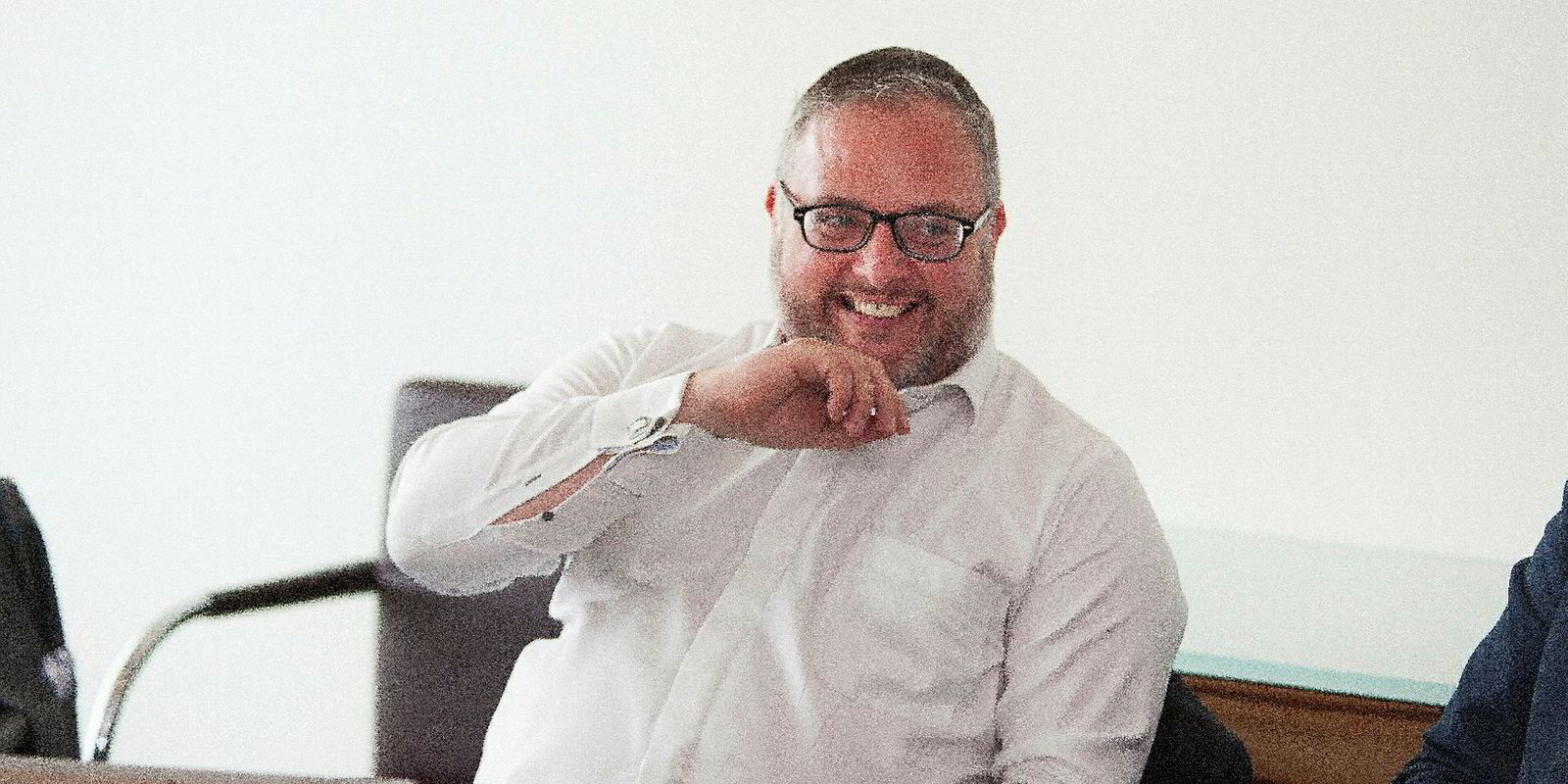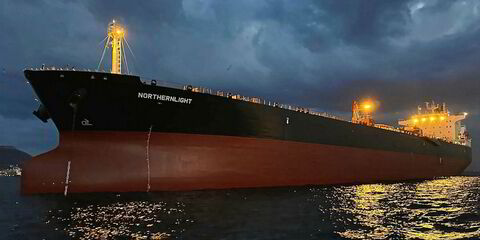Mark Williams has formally quit as research head of shipbroker Affinity Shipping to launch his own shipping research training scheme for new entrants to the industry.
Williams, who has suffered from health problems after a horse riding fall four years ago, said the 12-week online certificate in shipping markets analysis is being launched in partnership with Informa group training platform KNect365 in September.
“I’m leaving shipbroking but not shipping,” Williams told TradeWinds. “And I’m leaving London but not shipping.”
Williams employment at Affinity formally ended on 6 August, although he has only been working one day a week since February.
Williams joined Affinity in February 2015 just after Richard Fulford-Smith launched the new shipbroking venture.
He spent the four years previously as research director of Braemar Seascope, and wanted to create a shipping research department exploiting the power of digital technology to offer real-time updates on data.
“I think we delivered that. Today, Affinity clients can log in and extract data and analysis in the form they want.”
Affinity founder Richard Fulford-Smith wished him well. “Good luck to Mark for his future plans,” he said.
Affinity will look to hire a successor to Williams at some stage, but with a different set of skills to complement the six existing members of the research team, Fulford-Smith added.
Williams acknowledged there remained tension within shipbroking companies and partnerships about the value of research and how it should be funded.
“Shipbroking is a service with a pretty short forward orderbook, while research has to be built with long-term investment. There’s no easy way to resolve that," he said.
He endured a long recovery from the injuries suffered in the riding accident in 2014 and is now pleased to be able to work from home.
“There’s absolutely no need in this day and age for people to perched in the 20 th floor of a tower block,” he added.
Affinity’s London office is on the 44 th floor of the Leadenhall Building, otherwise known as the “cheese-grater” thanks to its shape.






